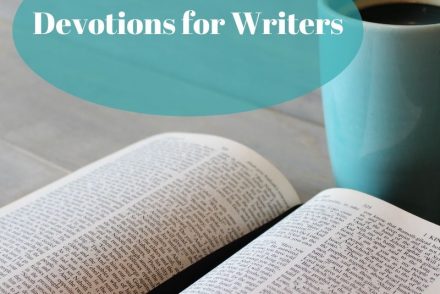In past blog posts, I’ve written about choosing a genre, story premise, and GMC.
A key element of any story is character development. Character development is the process of creating fictional characters, but can also refer to a character’s arc. In this article, I’ll talk about the process of creating characters and leave the arc for another day.
Key Characters
Every story has a hero, or main character, also called the protagonist.
Some have a villain, the antagonist. In some stories, the main character (MC) fills both roles of antagonist and protagonist.
Most have secondary characters. These assist the MC, oppose the MC, or otherwise help the reader understand the MC’s journey.
Fully developing the protagonist and antagonist is essential to a good story.
In order to be three dimensional, characters should have occupations, hobbies, friends, favorite foods, talents, etc. but they also require fleshing out in other ways. Some writers spend a lot of time describing the physical attributes of their story people. While this is important, the emotional make up—dreams, ambitions, struggles, and so on—of your character is what resonates with readers.
Flat and Round
Have you been told your characters are flat, or that they need more rounding? What does this mean?
Flat characters are one-dimensional. Some minor characters can be flat and serve the story just fine. However, main characters need to have depth and personality.
Ever met someone who appeared to be perfect? Did it feel like you were waiting for the authentic person to reveal themselves?
Don’t make your characters too good to be true.
But it’s fiction!
Even so, your reader wants to feel as if the story is real. To capture the reader, a main character should have both attributes and flaws.
But I want my hero to be good!
No one is all good or all bad. Perfect characters are hard, if not impossible, to relate to. They can come off as unrealistic, preachy, or just plain boring. If readers don’t feel an affinity with the protagonist, they won’t be invested enough to keep turning pages.
A superhero who is afraid of spiders. The psychiatrist who has a dysfunctional family. The miracle worker who cannot heal his own child. These are more interesting than a flat hero.
What about the “bad guy” in a story?
While reading a novel, do you ever find it hard to believe a “bad” character is all bad? A villain becomes a cartoon image, and the book gets tossed aside. Both heroes and villains need to have core values. I’ve heard it said that all villains believe they are the good guy.
Often, a character’s greatest strength will have negative aspects, just like in real life. A character who is responsible may take responsibility too seriously, or take on responsibility that isn’t theirs. This could cause all sorts of story problems!
A character who is consistent, a good trait, can be inflexible, which is bad in certain situations.
The character who values family above all else, can cross lines and cause tension because they put such high regard on family relationships.
Round characters come with built in opportunities for conflict.
A good tool to figure out the natural balance of your characters’ dominant traits is by determining their personality type using something like 16Personalities.com.
Creating Compelling Characters
To further develop rounded and interesting characters, go beyond a list of the basics. Try character interviews, asking deeper questions. A google search should turn up plenty of fiction writing character interviews, or you can make up one.
Or try this. Put your character in different situations, awkward, stressful, relaxed, and write their interior dialogue. Do this exercise in first person, even if your novel is in third.
Does a writer have to do all of this before they start writing? Not necessarily. Often, my characters flesh themselves out during the process of writing. But not knowing enough to have a solid GMC is usually a guarantee my story will stall.
Having a well-developed character in mind will help the story unfold easier. As long as the writer doesn’t get bogged down in endless character questionnaires and interviews, such exercises are a useful addition to the writer’s toolbox.
Recommended Reading
Write Great Fiction Series: Characters, Emotion & Viewpoint by Nancy Kress
Related Blog Posts
WRITING A FIRST NOVEL: CHOOSING A GENRE
WRITING A FIRST (OR SECOND) NOVEL: STORY PREMISE & GMC

Donna Jo Stone writes YA contemporary novels about tough issues but always ends the stories with a note of hope. She blogs at donnajostone.com.


 We love helping your growing in your writing career.
We love helping your growing in your writing career.

No Comments